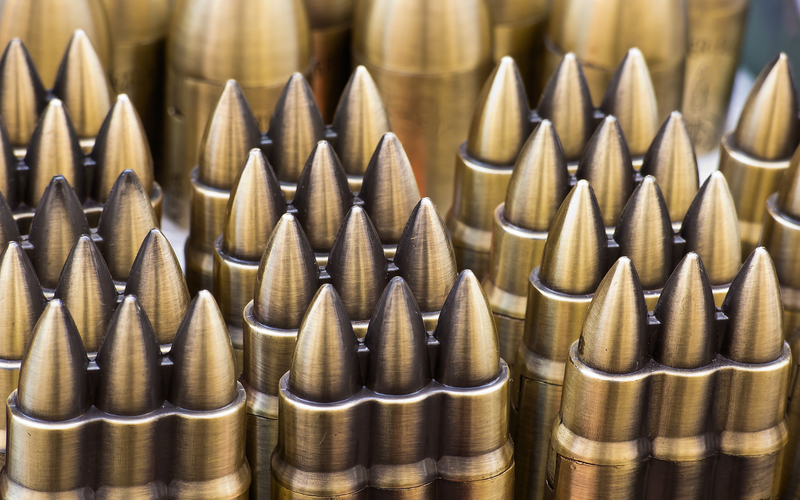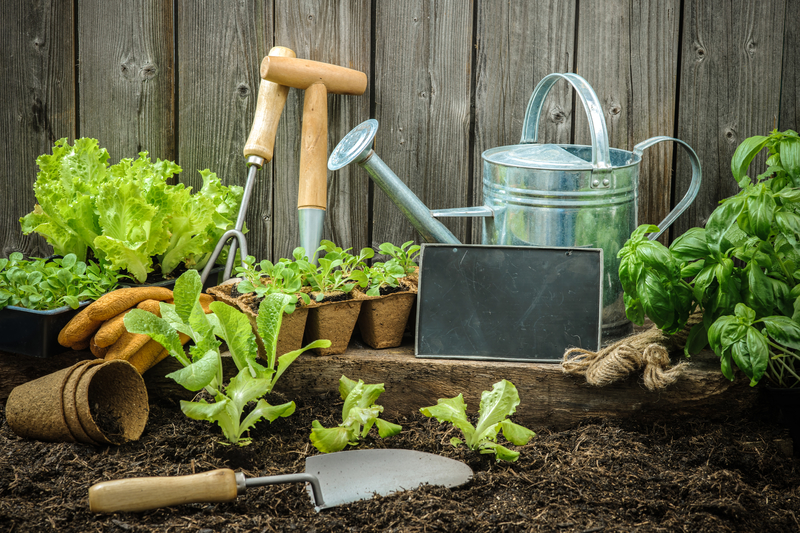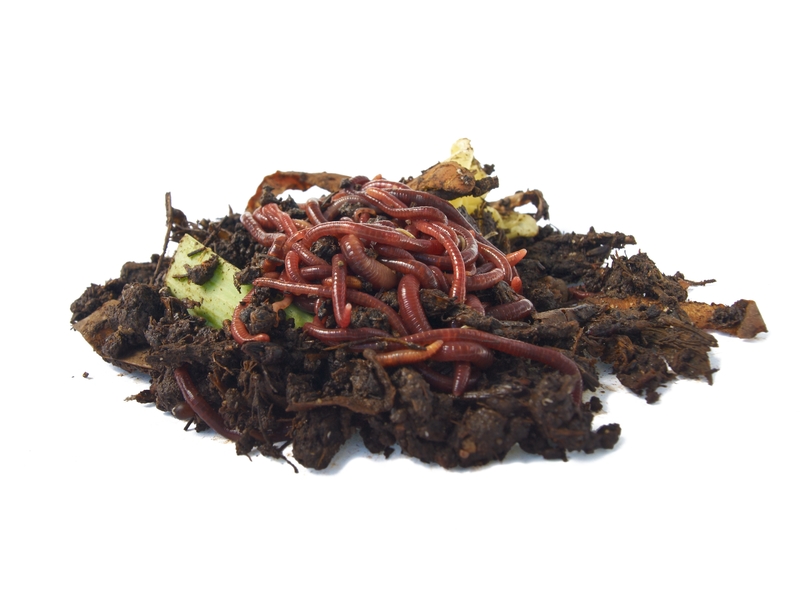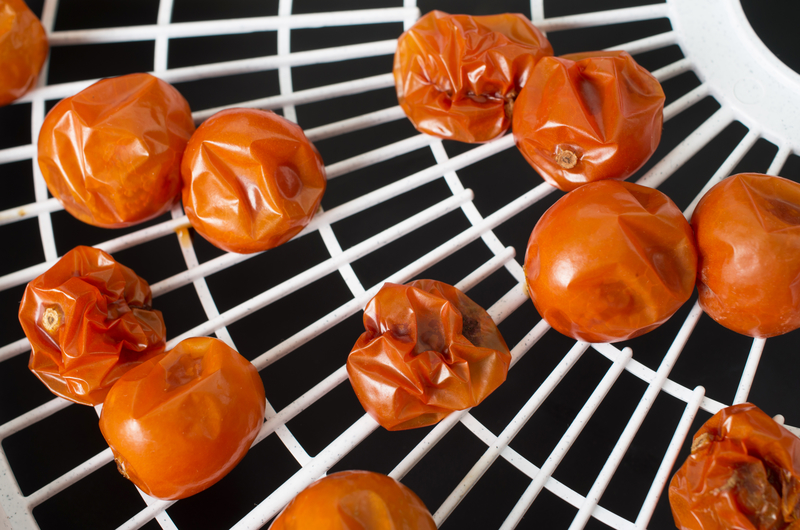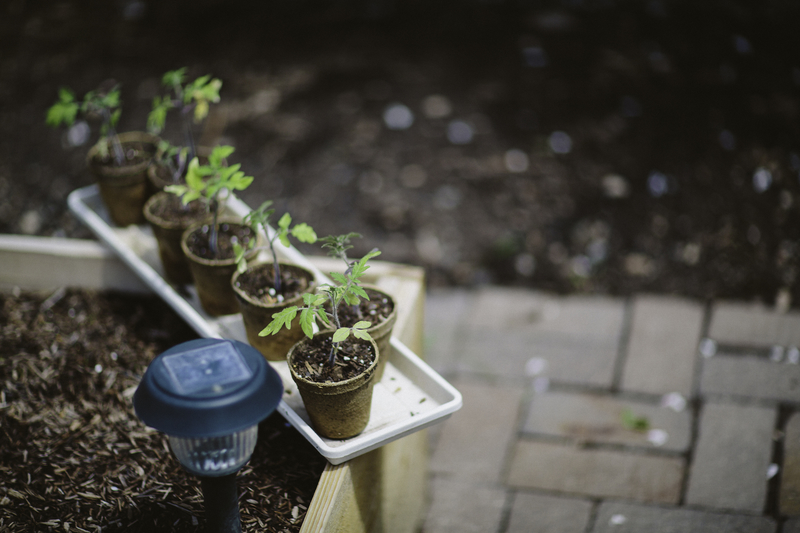Your Guide For Need to Know Bullet Information
When it comes to bullets, there is a LOT of information out there. Basic knowledge can be very useful when determining what type of firearm you may want to try out or eventually purchase. Ammunition itself can be extremely intimidating to the novice. Selecting the right ammo for personal defense or hunting is a very … Read more

